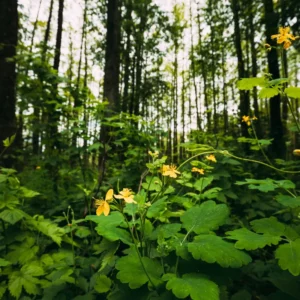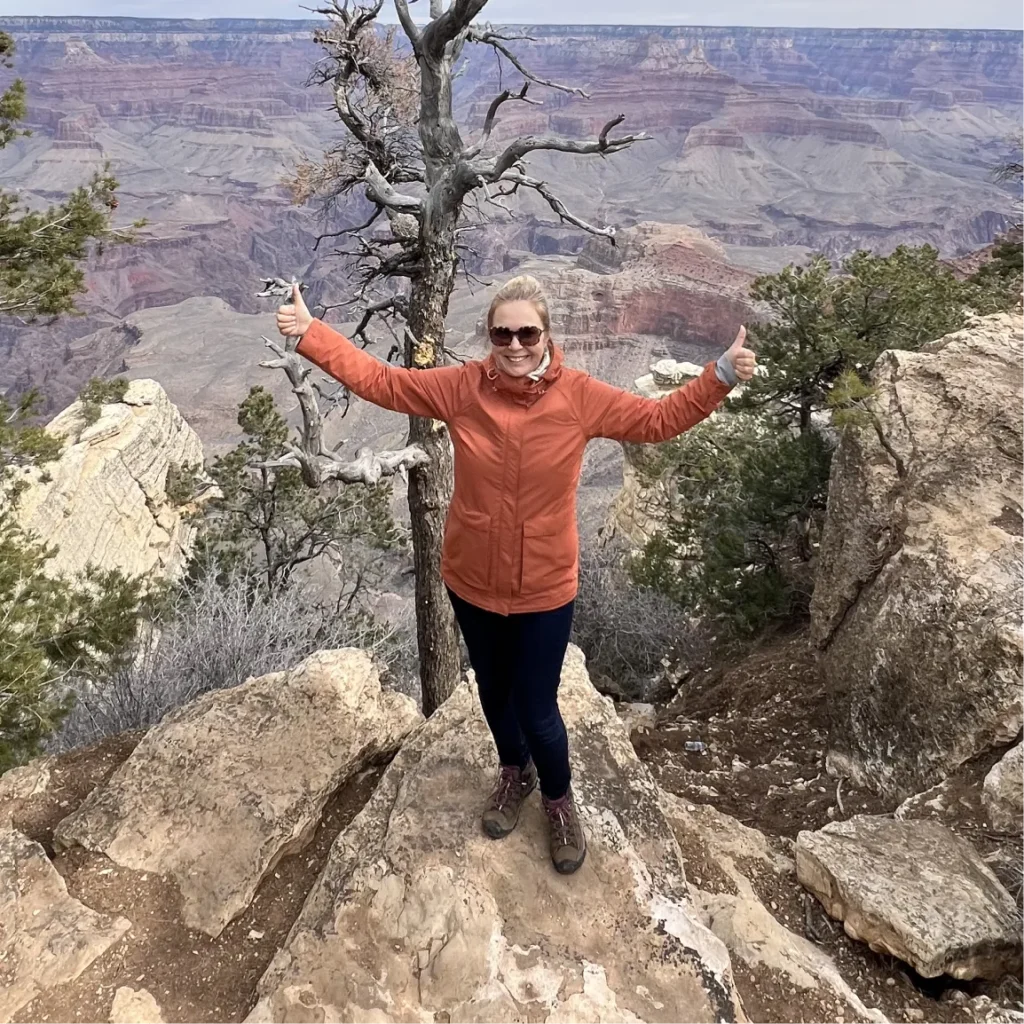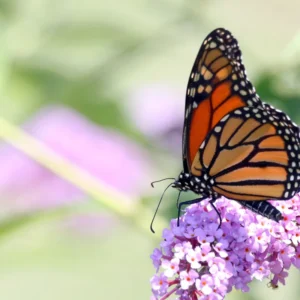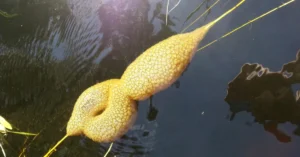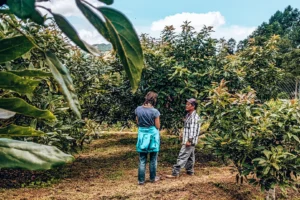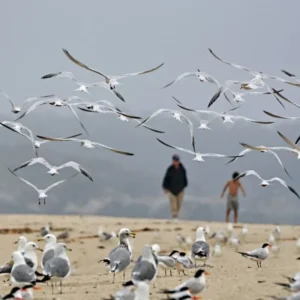The U.S. Fish and Wildlife Service named the Red Knot the Bird of the Month for November 2024.
Known for their extensive migratory journeys, Red Knots are among the most widespread shorebirds found on all continents except Antarctica.
This recognition highlights this remarkable species’ ecological importance and conservation needs, appealing to EcoTourism USA and National Parks Travel enthusiasts.
The Remarkable Journey Of The Red Knot
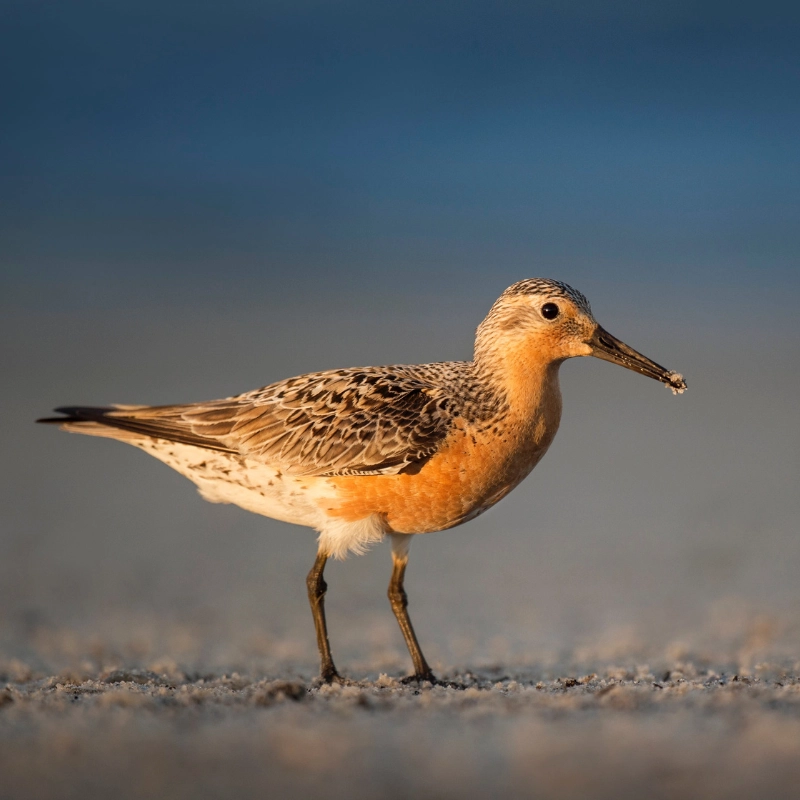
The rufa subspecies of the Red Knot undertakes an extraordinary migration along the Atlantic and Gulf Coasts of the Western Hemisphere.
These birds travel nearly 19,000 miles each year, moving between their breeding grounds in the Arctic of Central Canada and wintering areas as far south as Tierra del Fuego, South America.
This incredible journey showcases the resilience and adaptability of the species, drawing interest from Wildlife Watching Tours and Outdoor Adventure Activities enthusiasts.
While the rufa subspecies undertakes its Atlantic journey, the roselaari subspecies migrate from the Arctic breeding grounds in Alaska to wintering sites in Mexico.
This west coast route is equally crucial for the species’ survival, providing essential stopover sites that support their long-distance travel.
These migratory patterns intrigue those engaged in Sustainable Travel Guides and eco-friendly travel options.
Physical Characteristics And Seasonal Changes
Red Knots are medium-sized sandpipers, measuring six to eleven inches in length. During the breeding season, they exhibit a striking plumage of reddish-brown, gold, buff, and black on the upper body with terracotta orange underparts.
In winter, their plumage turns grey on the back and head with a white breast and belly, while juveniles display a similar appearance.
Their black eyes, beak, legs, and wingspan of about 20 inches suit their migratory lifestyle.
The Red Knot’s physical adaptations, including streamlined bodies and efficient flight capabilities, enable it to undertake extensive migratory journeys.
These adaptations are vital for its survival and reproductive success, making it a focal point for those interested in Florida Recreation Areas and other natural habitats.
Conservation Efforts And Public Involvement
Red Knots are among the most studied shorebirds in North America, thanks to a robust marking program using field-readable coded leg flags.
If you spot a Red Knot, you are encouraged to report sightings, including the code, location, and flock size, while maintaining a respectful distance to avoid disturbing the birds.
This data is invaluable for conservation efforts and understanding the species’ migratory patterns, aligning with the goals of EcoTourism USA and National Parks Travel.
Human activities, particularly the presence of dogs, can be highly disruptive to Red Knots and other shorebirds.
Conservation measures are essential to protect these birds’ habitats, especially around inlets and other critical areas. These efforts resonate with those engaged in Sustainable Travel Guides and eco-friendly travel practices.

The Red Knot Photo Contest
The U.S. Fish and Wildlife Service is hosting a photo contest for Red Knots, inviting the public to submit original photographs.
This initiative aims to engage the public in conservation efforts and raise awareness about the species’ ecological importance.
Participants in Wildlife Watching Tours and Outdoor Adventure Activities are encouraged to contribute.
Winning entries will be featured on the Service’s social media platforms, and a new monthly contest for different bird species will be held throughout 2024.
This celebration of photography highlights the beauty of the Red Knot. It is an educational tool to promote conservation awareness, appealing to those interested in EcoTourism USA and National Parks Travel.



